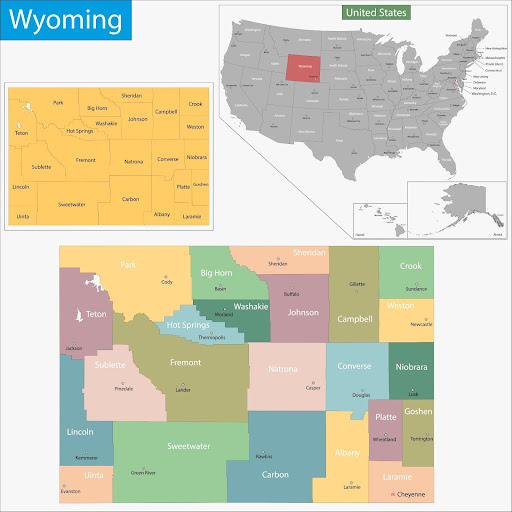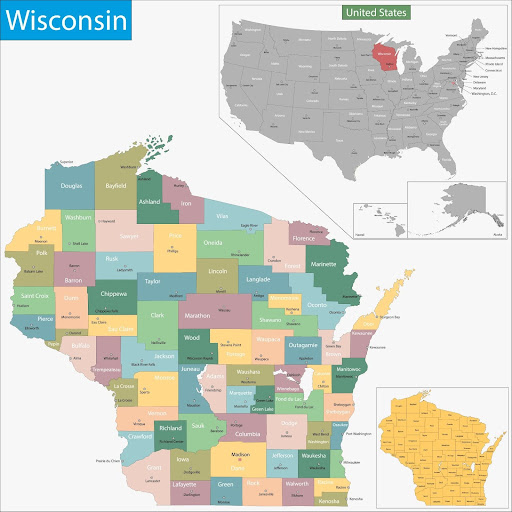Table of Contents
Fast-moving grassfires, smoldering pine duff, and backburns that escape under shifting winds all make fire investigation in Louisiana a game of speed, science, and scene control. Add in vast tracts of timberland, rural access challenges, and increasing drought patterns, and you’ve got a complex mix for wildland fire professionals to navigate.
This guide maps out Louisiana’s wildland fire resources through the eyes of an investigator, what agencies run point, where you’ll most likely work, and how to stay one step ahead of this increasingly erratic fire environment.
For a clearer picture, browse our wildland firefighting resources.
Live Incident Updates & Maps
Use this live tool to track wildlife activity and incident updates across Louisiana:
State Overview
Louisiana’s fire terrain is as varied as its culture. In the north, pine plantations and dry hardwood ridges fuel fast-moving surface fires. Southward, marshy wetlands make access tough and hold heat in root systems long after the flame front passes.
- Northern Louisiana: Pine-heavy parishes like Bienville and Sabine are fire-prone during drought, with timber companies actively managing slash and understory.
- Central Louisiana: Mixed-use areas combine forest, agriculture, and industrial corridors. Powerlines and burning debris are common ignition sources.
- Southern Louisiana: Wetlands may seem like a fire break, but marsh fires can burn underground for days. Urban-wildland interfaces also present growing risk.
Add hurricanes, invasive grasses, and a long growing season, and wildland fires here often don’t look like fires elsewhere.
Wildfire Season Timeline
Louisiana’s wildfire risk is spread out, but peaks during certain windows:
- Winter–Early Spring (January–March): Dormant fuels, cool dry fronts, and human-caused ignitions dominate this season.
- Late Summer–Fall (August–October): Post-drought grasses cure, temperatures soar, and fire risk spikes, especially in pine plantations and rural residential zones.
- Storm Season (May–November): Not a formal fire season, but hurricanes can spark utility-related fires in dry post-storm conditions.
Most wildfires in Louisiana are human-caused, often from debris burns, equipment use, or arson. Investigators must be prepared for ignition points that are deep in timber or hard to access quickly.
Key State Agencies Involved
Local Wildland Firefighting Resources
Local and parish departments are often the first to attack small-scale ignitions and assist with structure protection. Here’s a look at the key players.
List of Local/State/Federal Fire Response Agencies
Contact Numbers and Emergency Links
- Report a Wildfire: Dial 911 or (855) 452-5323
- LDAF Fire Reporting Line: (225) 925-4500 | ldaf.state.la.us
- State Fire Marshal Office: (225) 925-4911 | lasfm.org
- Kisatchie NF Supervisor’s Office: (318) 473-7160 | fs.usda.gov/kisatchie
Training & Volunteering
Wildland fire training in Louisiana is robust and NWCG-compliant, with multiple regional academies and seasonal opportunities.
NWCG-Approved Academies and Centers
Volunteer and Seasonal Training Opportunities
Stay Informed on Louisiana’s Wildland Fire Landscape
Fire in Louisiana is dynamic. It hides in peat, jumps marsh canals, and smolders deep in pine mulch. As a fire investigator here, your tools are part skill, part grit, and part network. The keys: local intel, fast access, and agency coordination.
Stay sharp by:
- Subscribing to LDAF fire updates and burn bans
- Monitoring Red Flag advisories and air quality bulletins
- Participating in LWFA or SACC training refreshers
- Building relationships with local fire chiefs and forestry officers
Investigators who thrive here learn to think like the fuels they study, adaptive, fast, and tuned to the terrain.
FAQs
How do I report a wildfire in Louisiana?
Call 911 immediately. If it’s on state-managed land, notify your local LDAF district office.
Is open burning legal in Louisiana?
Yes, but restrictions apply during burn bans or Red Flag warnings. Always check LDAF and Fire Marshal bulletins.
Who investigates wildfires in Louisiana?
LDAF handles most origin-and-cause investigations. The State Fire Marshal steps in for suspected arson or when criminal charges may apply.
How can I become a wildland firefighter in Louisiana?
Complete NWCG red card training via LWFA or partner agencies. Seasonal positions are available through LDAF, LDWF, and USFS.










